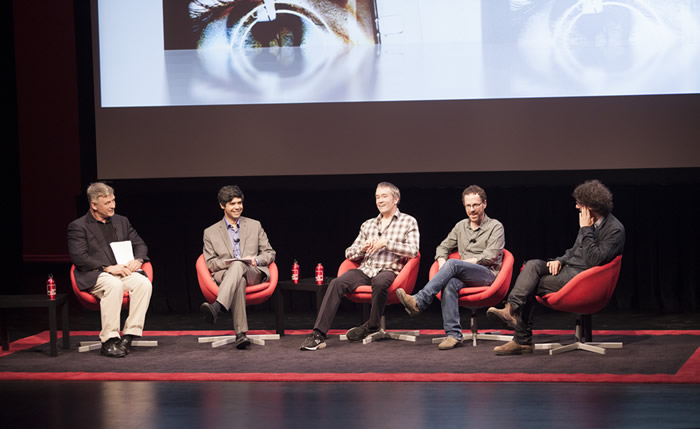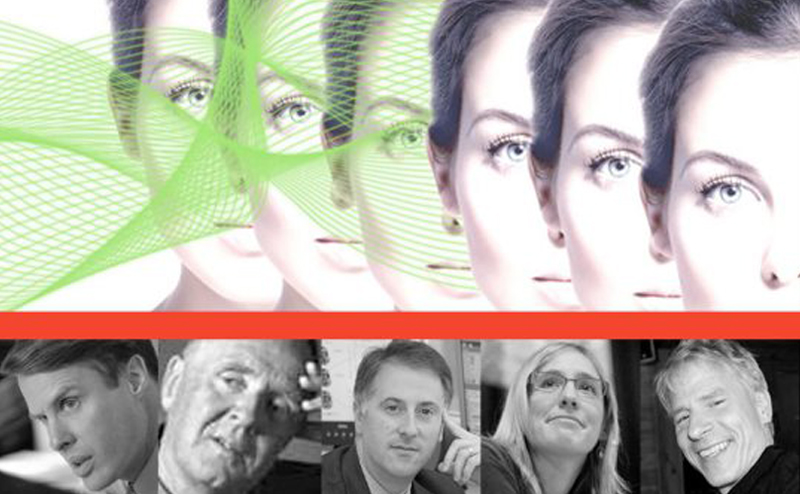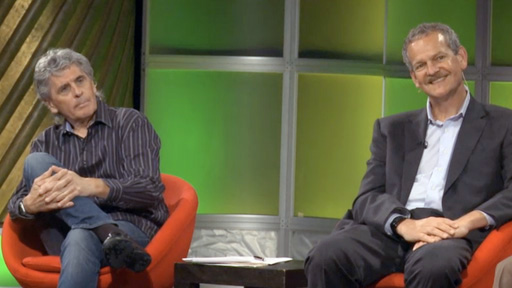Articles
What a privilege it was for me to attend the World Science Festival The Art of the Score: The Mind, Music, and Moving Images, a co-presentation by World Science Festival and the New York Philharmonic. program discussion, which explored the role of music in motion pictures and how the brain processes this experience. Think back to when you were last in a movie theater as the lights were dimmed, sitting in anticipation of what would confront you through your senses for the next couple of hours. In the late 1980’s, I became so fascinated by the impact of movie soundtracks that it led me to devote a significant amount of my professional life to designing and carrying out research studies to enhance our understanding of this audio-visual relationship.
Read More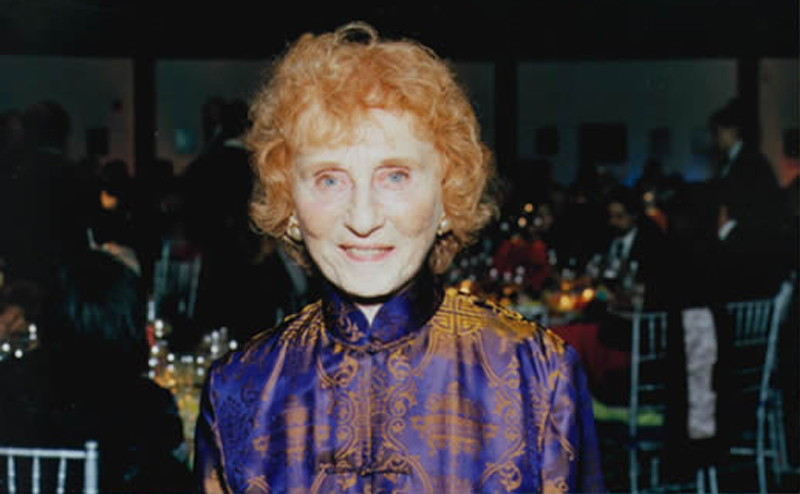
It is with great sadness that we report the passing of Red Burns on Friday, August 23, 2013. Red was an instrumental advisor during the early days of the World Science Festival in 2008. Founder and Chair of the NYU Interactive Telecommunications Program (ITP), her continued support and service on the World Science Festival’s Board of Advisors inspired innovative programming including the immensely popular Science Hack Day at the 2013 Festival. She leaves behind an inspiring legacy of leadership, dedication, and innovation. An Accomplished Career Red Burns was an entrepreneur, inventor, and pioneer of alternative media. She was the founder and chair of the Interactive Telecommunications Program at New York University’s Tisch School of Art in New York City, a creative home to more than 200 students, who are joined by some of the technology industry’s top practitioners in their search for ever more creative ways of bringing digital and interactive media to a variety of audiences. Her work has been honored with many awards, including the 2002 Chrysler Design Award and the 1998 Mayor’s Award for Excellence in Science and Technology. She was honored as Design Patron at the National Design Awards by Cooper-Hewitt, National Design Museum in October 2012 and was an honoree at the …
Read More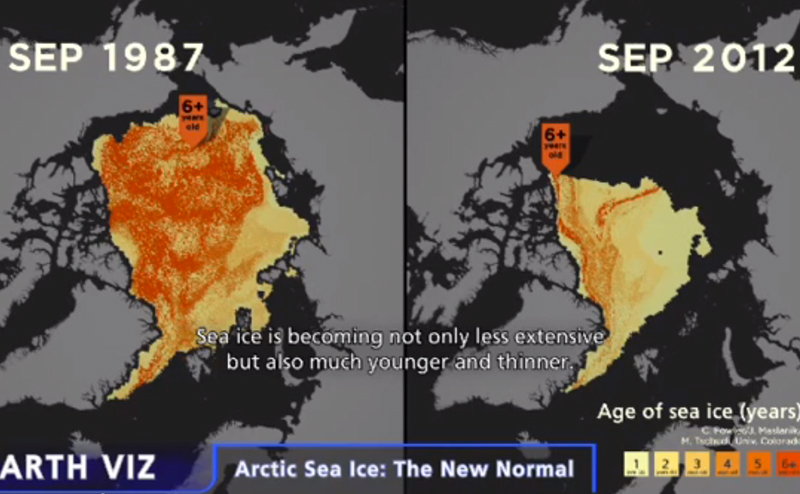
Changes in the global climate are seen nowhere as clearly as in the Arctic. Warming in the Arctic has resulted in reduced extent and volume of sea ice, both seasonally and year-round. On the one hand, these changes have opened up habitat to subarctic species on all levels of the food chain from plankton to whales, and these species are migrating seasonally northwards. For Arctic species, however, particularly those that rely on sea ice for foraging (polar bears, walrus), resting (walrus, ice seals, polar bears) or giving birth (walrus and ice seals) the decrease in sea ice has the potential to negatively impact the survival of these species. The whales of the Arctic (bowhead, narwhal and beluga) may face increased competition for limited resources and increased predation from species such as killer whales; these latter animals are being seen in greater numbers in the far north. Changes in the abundance and distribution of Arctic animals will affect the local communities throughout the high Arctic that have relied on marine mammals for subsistence for thousands of years. Each year that the Arctic continues to warm will result in a little less Arctic, and with it, a little less beauty in …
Read MoreTerry Moran, co-anchor of ABC News’ Nightline, and the network’s Supreme Court correspondent, forewarned audience members, the discussion that was about to unfold on the stage Thursday night at NYU’s Skirball Center for the Performing Arts might tread disturbing terrains. In addition to the packed New York audience for the World Science Festival event, students, teachers, and scientists gathered at The Mind Museum in Bonifacio Global City, Philippines, to attend the panel live via webcast. Moran’s disclaimer, given within the first few seconds of his opening remarks, was really a warning of inevitability. His experience navigating the terrains of politics brilliantly served useful in the moderation of the panel on The Whispering Mind: The Enduring Conundrum of Consciousness. Watching and listening to the exchange of dialogue on the topic was much like witnessing a heated political debate. The intersection where various answers meet in response to two of humanity’s most arguably biggest questions, “Who am I?” and “How does stuff work?” engenders various perspectives in which collision is unavoidable. A philosopher, two neurologists from different spectrums of consciousness studies and one neuroscientist, were tasked to address the discourse between mind and brain. As Moran forewarned, the panel organically presented conflicting …
Read MoreFor a discussion on infinity no topic was off limits. On Friday night, NPR’s Math Guy, Keith Devlin, moderated a passionate (WSF 2013) program that explored the concept of infinity from mathematical, physical, metaphysical, philosophical, cosmological, and epistemological standpoints. Philip Clayton, Steven Strogatz, W. Hugh Woodin, and Raphael Bousso, an amalgam of professionals from various fields of sciences and humanities, offered a glimpse into the complexities and mysteries of the quasi-paradoxical infinite. From David Hilbert’s Infinite Hotel to a brief history of physicists, philosophers, and mathematicians and their relationship with the concept of infinity, the discussion was full of sporadic jokes and pithy comments about the state of the universe, human consciousness, theological conundrums, and Cantor’s First Number of Transfinites. “Are there different infinities?” “Is space infinitely divisible?” It was clear by the end of the panel discussion that it is necessary to explore what infinity is and what it means to humans on a conscious level and the universe from a physical reality. Bousso suggested that there is “aesthetic reason in favor of infinity” to which Devlin replied, “That makes me nervous.” The rest of the evening was fueled by talks of set theory, M.C. Escher paintings, eternal inflation, metaphysical …
Read MoreI started medical school in 1982 in Philadelphia about a year after the first patients with AIDS were recognized in the United States. I remember being on the wards and the fear that spread whenever someone was admitted with AIDS. It was palpable. How was it being spread? How can we provide care for those who were sick without catching the disease? It took years to understand the answers to those questions and so much longer to develop and implement effective strategies for prevention, treatment, and control. Early hopes were dashed that a vaccine would quickly control or eliminate HIV infection. It has been more than 30 years since HIV first appeared and the epidemic continues. It looks different than it once did: there is now effective treatment for those fortunate enough to afford it yet there is still no effective vaccine. On Friday, I have the honor of moderating an incredible panel discussion at the New-York Historical Society as part of the World Science Festival. We will be looking at the progress that has been made to understand AIDS, how that was accomplished, and what it will take to finally end the AIDS epidemic. Our panelists are all internationally …
Read More






